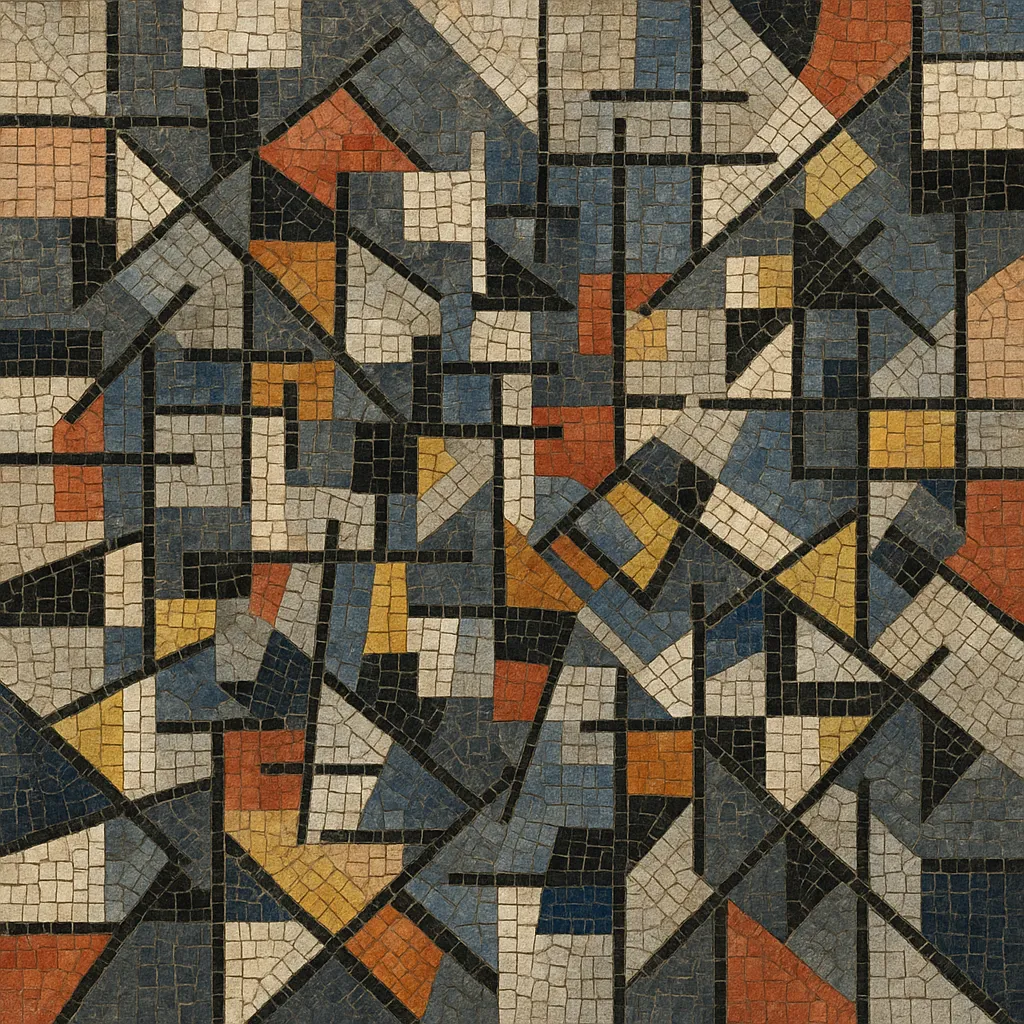Integral serialism (also called total serialism) is a post–World War II compositional approach that extends the serial ordering principle beyond pitch to other musical parameters such as duration, dynamics, timbre, articulation, and register.
Instead of relying on tonal harmony or freely atonal gestures, the composer constructs one or more ordered sets (series) for each parameter and subjects them to systematic transformations (inversion, retrograde, transposition, permutation) and cross-mappings. The result is highly controlled, pointillistic textures and tightly organized forms whose coherence derives from parametric organization rather than tonal function.
Its sound world often features fragmented gestures, rapid contrasts of dynamics and articulation, and intricate rhythmic structures. While perceived as austere or rigorous, it enabled composers to craft micro-detailed musical behaviors and helped forge the postwar European avant-garde’s language.
In the immediate postwar period, composers sought new, rigorously logical methods to rebuild musical language. Building on prewar serialism, Olivier Messiaen’s Mode de valeurs et d’intensités (1949) proposed fixed associations between pitch, duration, dynamics, and attack, inspiring students and visitors. Around the same time, Karel Goeyvaerts and Pierre Boulez began to formalize full parametric serial control, leading to early landmark works such as Goeyvaerts’s Sonata for Two Pianos (1951), Boulez’s Structures Ia (1952), and Karlheinz Stockhausen’s Kreuzspiel (1951–52).
The Darmstadt Summer Courses in (West) Germany became the crucible for the new method. Boulez, Stockhausen, Luigi Nono, Bruno Maderna, Henri Pousseur, and others exchanged techniques and aesthetics, rapidly extending serial thinking from pitch to rhythm, dynamics, and timbre. In Cologne’s electronic studio, Stockhausen and colleagues applied serial ordering to sine tones, filters, and envelopes (e.g., Studie I & II, 1953–54), demonstrating that total control could encompass electronic sound design as well.
In the United States, Milton Babbitt pursued parallel ideas (“total serialism”) by serializing rhythm, dynamics, and other parameters in chamber and piano works, articulated through mathematically precise set-theoretic methods. Although stylistically distinct from the European scene, his work reinforced the concept that any aspect of sound could be serialized.
By the mid-1950s, integral serialism had become a flagship of the postwar avant-garde. Critics decried its perceived rigidity and difficulty, and even its leading figures soon tested alternatives—Stockhausen moved toward processual and aleatoric strategies; Boulez tempered strictness with performance flexibility. Yet the movement’s impact endured, shaping electroacoustic practices, notational complexity, and the self-conscious control of musical parameters that informed New Complexity, process music, and later post-serial idioms.


